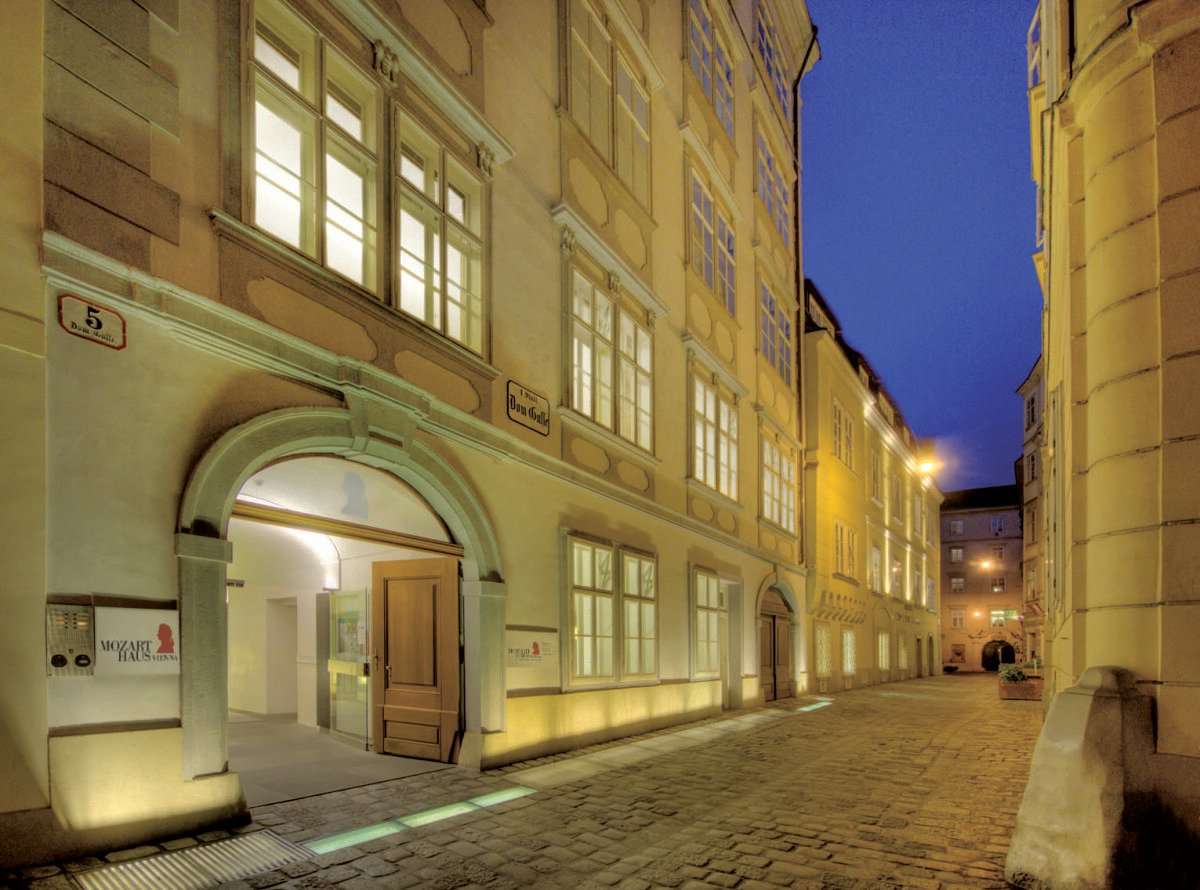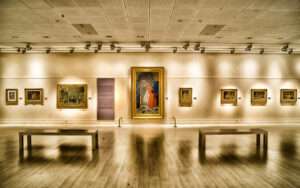Mozart’s House, also known as the Figarohaus or Mozarthaus, situated at Domgasse 5 in Vienna, has been a cultural hotspot for classical music enthusiasts since the 18th century. This article takes you on a journey through the captivating history of this iconic landmark and its significance in the classical music world.
The Move to Vienna
In 1781, Wolfgang Amadeus Mozart, one of the most celebrated composers in the history of Western classical music, relocated to Vienna from Salzburg. The move was inspired by his desire for creative freedom and better opportunities. Vienna, the capital of the Habsburg Empire, was a thriving center for the arts, with a rich musical scene that made it an ideal place for Mozart to grow and establish his career.
Mozarthaus – A Home for Creativity
The composer moved into the four-story apartment at Domgasse 5 in 1784, and it was here that he spent some of the most productive years of his life. The house, which is now a museum, was the birthplace of some of his most famous works, including the operas “Le Nozze di Figaro” and “Don Giovanni.” The residence reflects the lifestyle of the late 18th-century Viennese bourgeoisie and offers a glimpse into the life of the musical genius.
A Place of Inspiration
While residing in the Figarohaus, Mozart not only composed some of his most well-known operas but also worked on numerous symphonies, piano concertos, chamber music, and sacred works. The creative environment of Vienna, with its lively music scene, renowned musicians, and royal patronage, served as a significant source of inspiration for the composer.
The Decline and Rediscovery
After Mozart’s untimely death in 1791, the house went through several changes in ownership and function. In the following centuries, the building deteriorated, and its significance as Mozart’s residence was almost forgotten. It wasn’t until the late 19th century that the house was rediscovered and recognized for its historical and cultural importance.
Mozarthaus Today – A Living Museum
The Mozarthaus was eventually restored and transformed into a museum in the early 21st century. In 2006, the museum was opened to the public on the 250th anniversary of Mozart’s birth. Today, the museum offers visitors a chance to delve into the composer’s life, work, and legacy. The exhibits showcase original manuscripts, letters, and personal items, providing a comprehensive understanding of Mozart’s world.
Subtitle: A Hub for Classical Music Culture
Mozarthaus not only pays tribute to the life and works of Mozart but also fosters a love for classical music by hosting concerts, lectures, and workshops. The museum’s intimate performance venue, the Bösendorfer Hall, serves as a stage for artists and ensembles from around the world, preserving and celebrating the timeless beauty of classical music for generations to come.
Subtitle: Conclusion
The Mozarthaus in Vienna stands as a testament to the enduring legacy of Wolfgang Amadeus Mozart, one of the most extraordinary composers in the history of classical music. As a living museum, it honors his work, offering visitors a unique opportunity to explore the world of the composer and experience the rich cultural tapestry of 18th-century Vienna.




